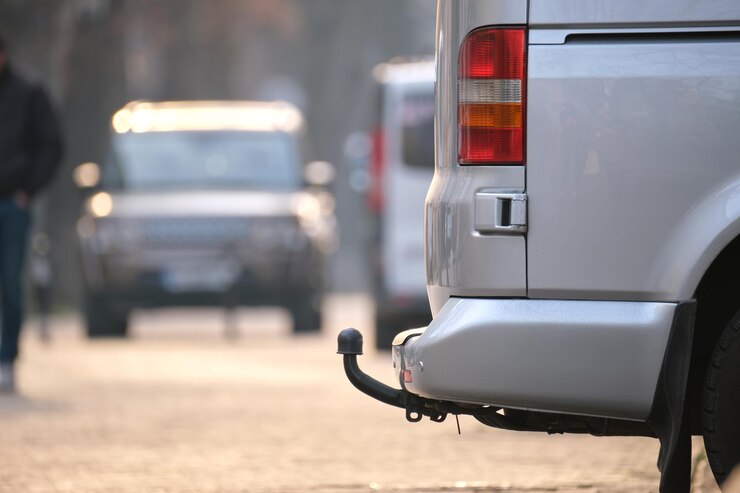When it comes to towing a trailer, safety should always be a top priority. Properly connecting your trailer to your vehicle is essential to ensure a safe and secure towing experience. Trailer connection warning lights play a crucial role in this process by providing visual indicators of the trailer’s connection status. In this article, we will discuss the importance of trailer connection warning lights, their functionality, and the steps to ensure a safe and reliable trailer connection.
Understanding Trailer Connection Warning Lights: Trailer connection warning lights are typically located on the dashboard of your vehicle and are designed to inform you about the status of the trailer’s connection. These lights serve as a visual aid to indicate whether the trailer’s electrical circuits, such as brake lights, turn signals, and running lights, are functioning properly. By monitoring these lights, you can quickly identify any issues with the trailer’s electrical connection and take appropriate action.
Importance of Trailer Connection Warning Lights: Properly functioning trailer connection warning lights are vital for several reasons:
- Safety: Trailer connection warning lights ensure that other drivers on the road are aware of your intentions while towing. By indicating the status of the trailer’s brake lights, turn signals, and running lights, these warning lights enhance visibility and help prevent accidents.
- Compliance with Regulations: Many countries and states have specific regulations regarding the operation of trailers. Trailer connection warning lights help you comply with these regulations by ensuring that your trailer’s electrical systems are in proper working order.
- Preventing Damage: Faulty trailer connections can lead to electrical issues, such as short circuits or blown fuses, which can cause damage to your vehicle’s electrical system. By monitoring the trailer connection warning lights, you can quickly identify and address any problems before they cause further damage.
Ensuring a Safe Trailer Connection:
- Check the Electrical Connector: Before connecting your trailer, inspect the electrical connector on both the vehicle and trailer. Ensure that the connectors are clean, free of corrosion, and undamaged. If there is any corrosion or damage, clean or replace the connectors as needed.
- Connect the Wiring Harness: Connect the wiring harness from the trailer to the appropriate electrical connector on your vehicle. Make sure the connection is secure and properly aligned. You may need to use a locking mechanism, such as a pin or latch, to ensure a secure connection.
- Activate the Trailer Lights: Once the trailer is connected, activate your vehicle’s lights and check the trailer connection warning lights on the dashboard. Test the turn signals, brake lights, and running lights to ensure they are functioning correctly. If any lights do not illuminate or blink irregularly, there may be a wiring issue that needs to be addressed.
- Perform a Walk-Around Inspection: Walk around the trailer and visually inspect all the lights to ensure they are working properly. This includes the tail lights, brake lights, turn signals, and clearance lights. Replace any bulbs that are burnt out or not functioning.
- Regularly Monitor the Warning Lights: While towing, periodically glance at the trailer connection warning lights on your dashboard to ensure they remain illuminated, indicating that the trailer’s electrical circuits are functioning correctly. If any warning lights go out or flicker, address the issue promptly to maintain a safe and reliable connection.
By following these steps and paying attention to the trailer connection warning lights, you can ensure a secure and safe towing experience. Regular maintenance and inspections of your trailer’s electrical connections will help prevent potential issues and keep you and other road users safe while towing. Remember, if you encounter persistent electrical problems with your trailer, consult a professional to diagnose and resolve the issue.











